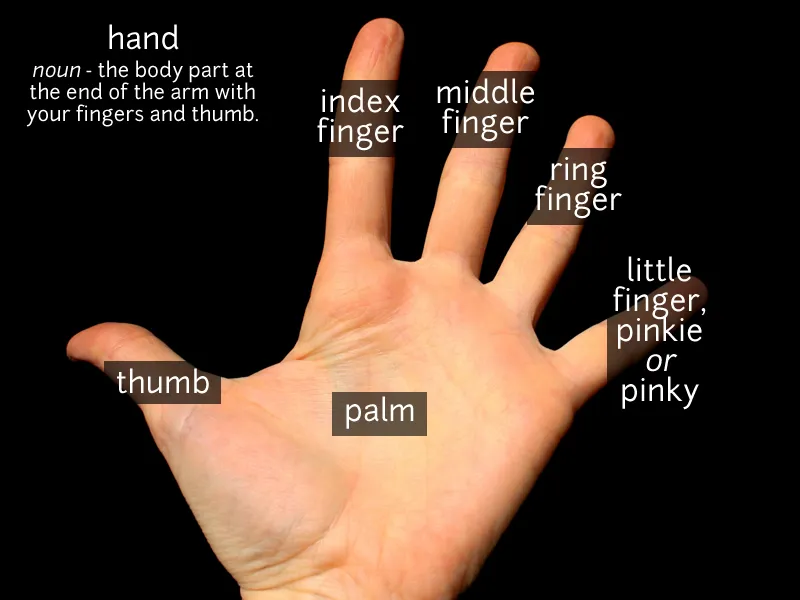Unit 15: Exchanging Personal Information: Life Events, Family History, Genetic History
1/65
Earn XP
Description and Tags
Name | Mastery | Learn | Test | Matching | Spaced |
|---|
No study sessions yet.
66 Terms
DEAF-SCHOOL
GO-UP-YEARS (Gallaudet)
“TRANSFER”
PRINCIPAL
PROMOTED
MOVE-AWAY
fs-KILLED
RETIRED
SETTLE DOWN
WHEN Clauses and Other Transitions
WHEN Clauses:
A type of time sign transition.
Indicates/suggests “when” something happened.
Nonmanuals are the same as time sign and other transitions: Brow raise at the time sign clause, pause, neutral brow at the conjoining clause.
Clause that indicates when (with brows raised and slight head tilt), pause, explanation of what happened “when” with neutral brows).
Tell About Life Events: Using “When” Clauses
By referring to age
Ex: (When) I was 8, I got a dog.
By referring to other events.
Ex: (When/After) I graduated college, I got a job offer.
Use a time sign marker to indicate lapsed time(s).
Transitions included in referring to other events
Time sign transitions:
Specific time passed: Years, months, other lengths of time.
Unspecific time passed: short, medium, long amount of time (note non-manuals!)
Ex:
6 months later, I was offered a job.
A short while after, I was offered a job.
Modify your examples/sentences (from the last activity) to use unspecified (not number) time sign transitions.
By year
Include a sequential event by referring to a specific (or unspecific) time frame after the initial event. Use NMMs, where appropriate).
Ex: 1976, I was born.
By sequencing events.
Notice non-manual markers!
Sequences of events that lead up to a particular event.
Ex: What steps must you take before you get a driver’s license?
By unexpected changes
Use the sequencing technique and the “WRONG/UNEXPECTED” sign and the corresponding appropriate facial expression, pause/head nod when indicating th unexpected change/event.
Numbers: 101-119 (review 100+)
Countries and Traditions
Indicate—geographically, using referents or saying NEAR—where this country is in location to neighboring countries/continents.
Use the following format:
Introduce the tradition with a brief rdescription
PEOPLE TEND TO…
Say from where (RH-Q), including geogrphic location/referents
Grammatical Features in Family Narratives
Contrastive Structure
Referents
As they relate to families
Possessive options: ‘s with named 3rd person only.
Genetics: Heredity and Genetic Traits Vocab
GENE
DOMINANT
RECESSIVE
INHERIT/PASS DOWN
CARRY
GENERATION
MUTATION
STRONG
LITTLE BIT
½ - ½
#PERCENT CHANCE
TIP-SCALES
GENE RELATED-TO SEX
GENE NOT-RELATED TO SEX (autosomal)
Why People Migrate: Key Verbs
Plural Classifier (PCL): MIGRATE (location)
Plural Classifier (PCL): SICK-SPREAD (pandemic)
FLEE / ESCAPE
MOVE-AWAY
FORCE; MUST
OPPRESS
PERSECUTE / PICK-ON
PERMIT / NOT-PERMIT
KILL++; DIE++
WAR
FAMINE / HUNGER
DRAFT
ECONOMY
GREAT DEPRESSION (Business Down)
Immigrate: People coming in. | Emigrate: People moving out. | Migration: Movement (usually in masses) of people or animals from one place to another.
Descriptive Classifier (DCL): Used to describe a shape, a size, a texture, or a pattern.
Locative Classifier (LCL): Used to indicate a location of something, or the position relative to another. It is also used as a pathline of the object and its movement and/or distance.
Plural Classifier: A plural symbol of a noun or object.
Ex: CL- open-hand, horizontal, palm down for “many birds flying in the sky.”
Dates and Addresses
3-digit numbers
Palm facing out
1, 2 (thumb, index & middle finger together)
4-digit numbers
Palm facing out
2, 2 (index & middle finger together, ring finger & pinky together)
5-digit numbers
Palm facing out
1, 1, 1, 2 (ring finger & pinky together)
Zip codes
Sign Zip
5-digit number
Palm facing out
1, 1, 1, 2 (ring finger & pinky together)

TORNADO
FIRE
HURRICANE
VOLCANO
FLOOD
TSUNAMI
GOLD RUSH
BUSINESS
SLAVERY
RELIGION
DIVORCE
RECEIVE JOB OFFER
GRADUATE
FALL-IN-LOVE
REBEL / STRIKE / PROTEST / DEFIANT
CONQUER
JAILED / IMPRISONED